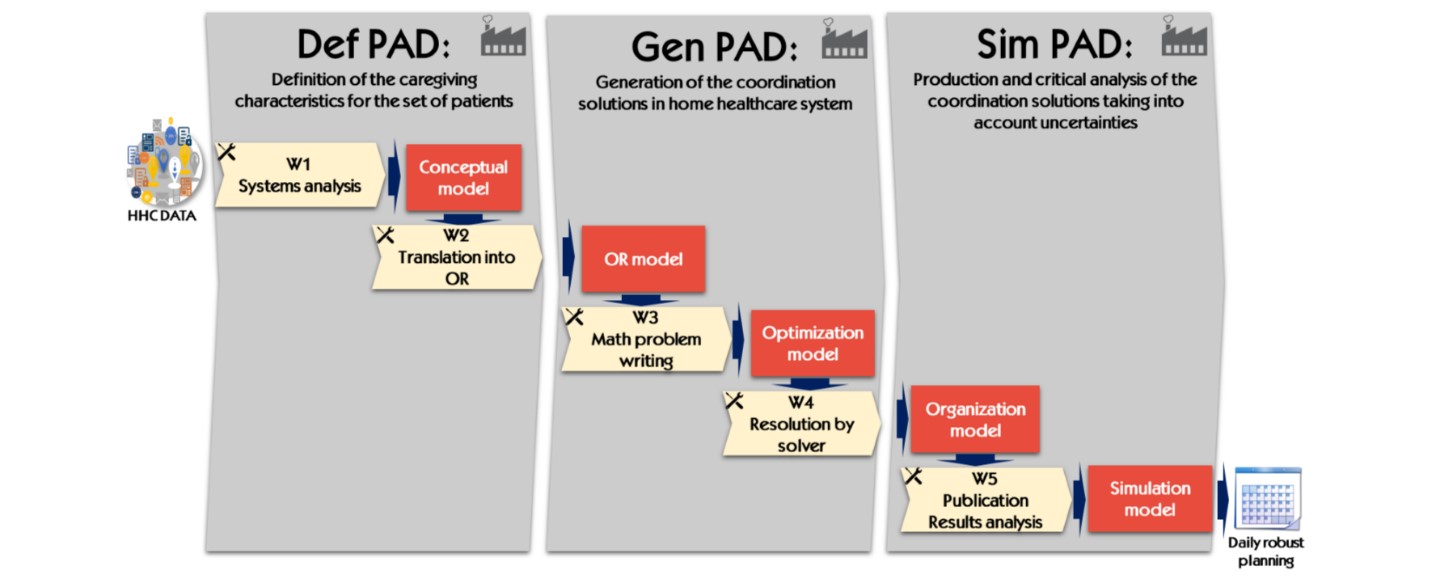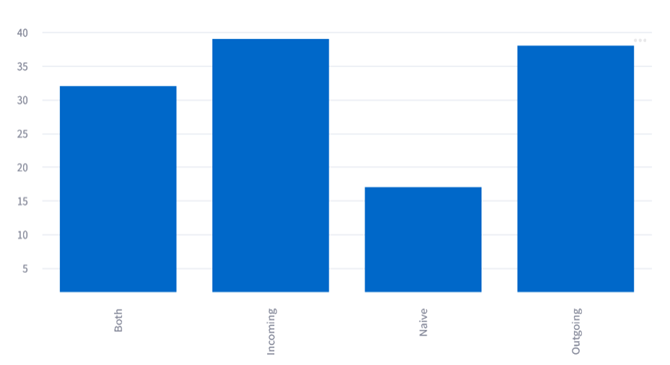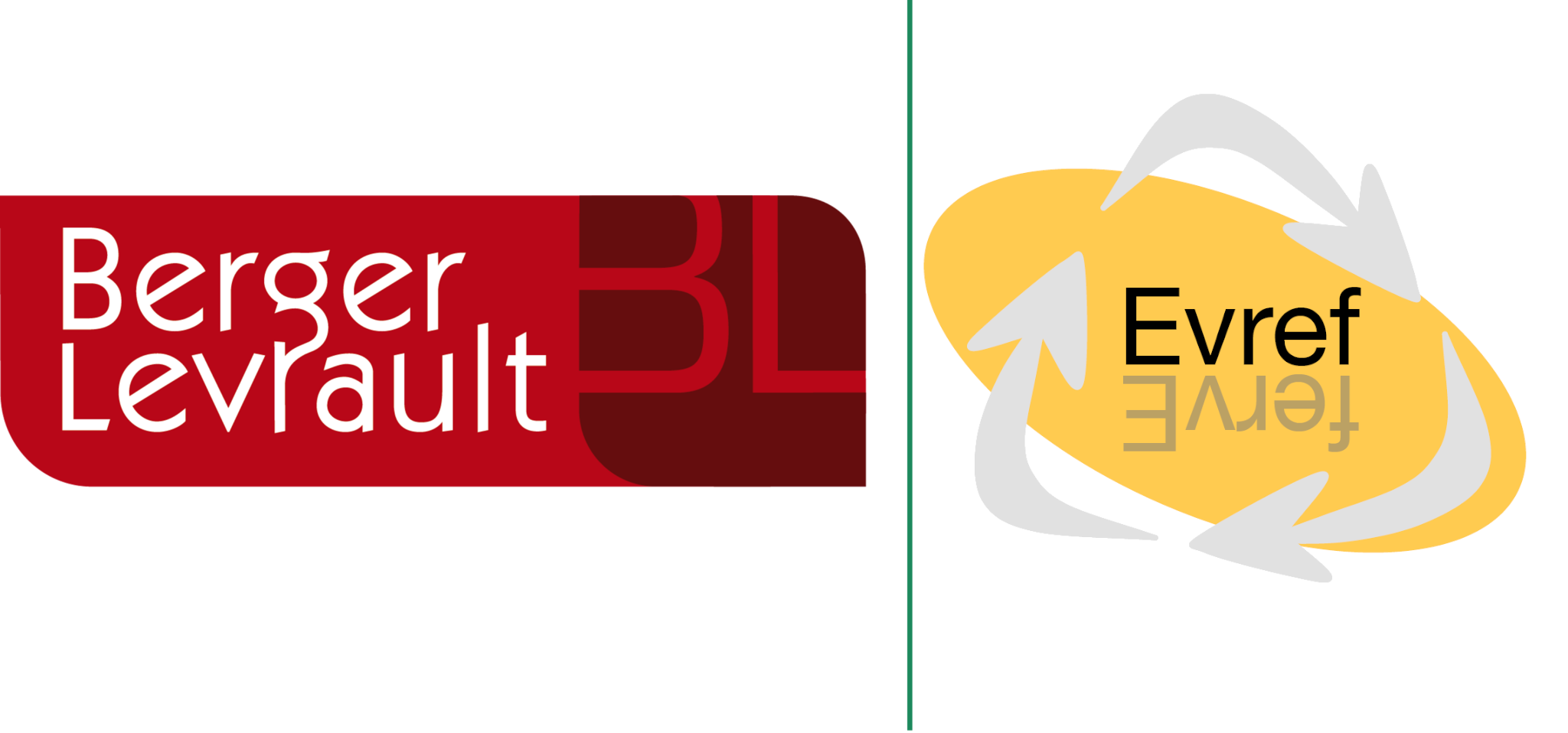Context
The aging population and increasing life expectancy, as we can see today in France and in other developed countries, lead to an increase in the number of the elderly with loss of autonomy and in dangers caused by frailty. In particular, they suffer from chronic diseases with a long-term need for assistance. They largely prefer to stay at home rather than live long stays in hospitals. That is why the rapid growth of home healthcare (HHC) structures.
The operational coordination function, in other words the generation of the planning, is a key point for the information support system. This will ensure a comprehensive and multidisciplinary care service, quality, and also ensure fluidity in the transmission of data between all the actors in the HHC system. But the coordination in HHC structure are still traditional with unstructured organizational modes. The uncertain events make it more difficult to generate the planning.
Requirements for the coordination in HHC
In light of the systemic definitions about the coordination in HHC, it is therefore necessary to make the decisions for a collective non-hierarchical structure, which is about the planning of activities to deliver a group of local services to the given patient, in conformity with the specification of the care that they should be received. For fulfilling the smooth coordination among the actors, the formulation of the multiple problems dealing with management of an HHC is investigated in order to define the space of the various requirement, who represent formally the requirement of the HHC coordination. We conclude the 3 mains requirement in the following:
Resource Assignment

- Knowledge of available resources, the role and the preference of each caregiver.
- Knowledge of the availability, the personalized care plans, the number and the profile necessary to accomplish the care services for each patient.
- Knowledge of the interdependence (precedence or simultaneity) between care services for the given patients.
Routing

- Travel costs determination and the consideration of the combination of the transport modes.
- Estimation and prediction of the transit duration regarding the different transport modes and their combinations.
- Choice of the different potential itineraries considering the satisfaction of patients and caregivers.
Rerostering
Adjust the original planning when the uncertain events occur:
the patient’s requests:
- Newly occurring request of patients.
- Cancellation of patient’s care services.
the temporality:
- Change of patient’s and caregiver’s time windows.
- Change of time windows.
- Duration variability of the care services’ execution.
- Duration of disruptive routing events.

Approach based on model driven engineering
Our research is positioned at the interaction between the three main modules: Definition of home care (DefPAD),Generation of a home care solution (GenPAD, based on a mathematical model) and Simulation of home care (SimPAD), to guarantee the generation of a robust planning taking into account the uncertain events in the HHC routing and scheduling problem. Drawing on the terms from production management, each module consists of several workshops which ensure the production of intermediate models. We adopt the approach of model driven engineering (MDE), where models are primary engineering artefacts (results of our meta-levels of a model) throughout the engineering lifecycle, in order to control the form of models and execute the model to model transformation (M to M) if necessary.
DefPad has two workshops:
- W1: characterize the knowledge required in the HHC system to identify the concepts associated with our final objectives.
- W2: translate our business oriented conceptual model into operations research model based on graph theory, this translation depends on the M to M in MDE.
GenPad has two workshops:
- W3: write our mathematical problem to be solved according to the mathematical formulation within the operations research model.
- W4: generate an optimized solution or an acceptable solution space for the daily scheduling with the different solvers, for example the exact method based on the language OPL, the metaheuristic algorithm such as Simulated Annealing (SA) , Tabu Search (TS) and Genetic Algorithm (GA) etc.

SimPad has one workshop:
- W5: validate and visualize the solution through the simulation tool. This solution must be published and complemented by indicators to assess its quality. The simulation approach will provide a sensitivity calculation about the solution in order to assess the flexibility of assignment and the limits of each solution






